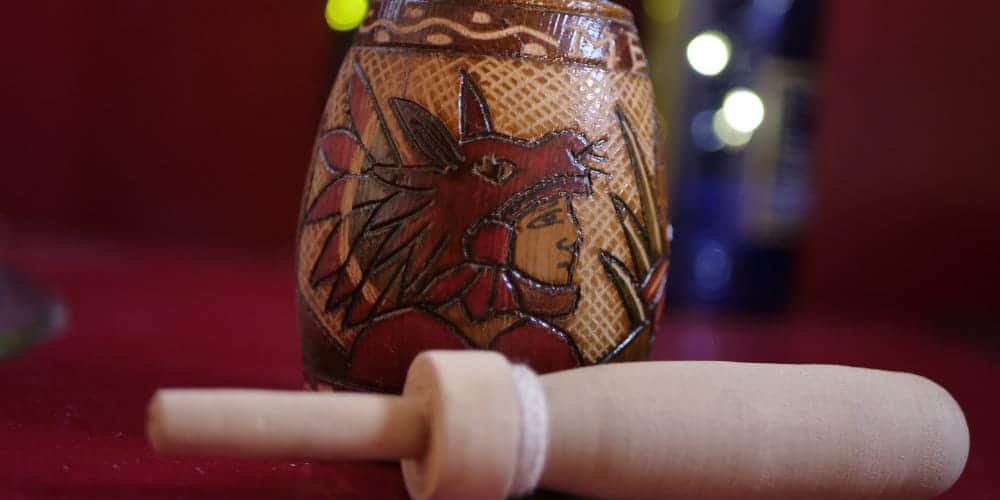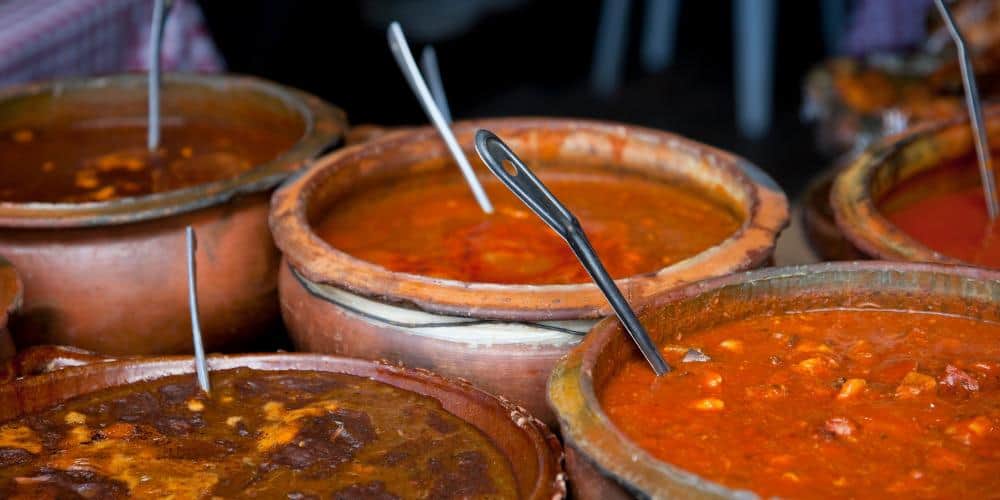The Mayans were an ancient civilization famous for their pyramids and hieroglyphs. But they weren’t only about that. They had an incredible culinary legacy. Their food culture wasn’t just about farming. It was rooted in the rich soil of Mesoamerica, mixing farming, faith, and creativity. Each ingredient, from maize to chilies, had its own story and place in Mayan society.

Fast forward to modern-day Guatemala, and the echoes of this rich culinary past are still palpable. Antigua’s busy markets and Quetzaltenango’s calm highlands show how the cuisine has changed but kept its Mayan roots. Modern Guatemalan dishes have global touches but still hold Mayan flavors and methods.
For culinary enthusiasts eager to journey through flavors that span centuries, Guatemala stands as a timeless invitation. Explore the heart of Mayan culinary wonders, savoring dishes passed down through millennia. And if you’re contemplating a journey to this land of ancient flavors and modern twists, consider Columbus Guatemala Travel as your guide. With their insights and expertise, you’ll travel and truly experience Guatemala’s culinary soul.

The Roots of Mayan Cuisine
The Mayans created a rich food culture in Mesoamerica, where forests met stone cities. Their dishes, full of flavors, were based on key ingredients that fed both body and soul.
Maize, the golden grain that carpeted vast stretches of Mayan farmlands, was more than for only sustenance; it was the essence of life itself. Maize held a special place in Mayan myths, revered as the food of the gods. It was believed that deities crafted humans from maize dough. This respect for the grain showed in the daily lives of the Mayans. Maize became tortillas, tamales, and atoles. It was in every Mayan meal, from simple homes to big feasts.
Beans, the silent companions to maize, brought depth and protein to the Mayan diet. Often simmered into rich stews or paired with rice, beans were the unsung heroes, filling bellies and fueling long days of work and worship. Their muted earthiness provided a canvas for the fiery kick of chilies, the third pillar of Mayan gastronomy. Poblanos were mildly hot, while habaneros were blazing. Chilies were central to Mayan dishes, adding flavor and a divine touch.
It wasn’t just heat; it was balance. And squash, with its gentle sweetness and versatile flesh, brought that equilibrium. Whether roasted or stewed with meat, squash balanced the meal. It made sure every bite had contrasting flavors.
Beyond their culinary roles, these ingredients held deep spiritual significance. Maize, for instance, wasn’t merely food, but a symbol of rebirth and regeneration. Chilies, with their fiery bite, were offerings to the gods, a testament to the Mayans’ resilience and passion. Beans, representing plenty, were sown during ceremonies to ensure bountiful harvests. At the same time, squash, with its protective shell and nourishing insides, symbolized shelter and sustenance.
In Mayan life, everything had meaning. These ingredients weren’t only food; they’re stories and memories in every meal and ritual.

Ancient Cooking Techniques Still in Use
In Mayan kitchens, old techniques still shape today’s cooking. They used stone grinding to turn maize into flour, showing their cleverness. With tools like metate and mano, the Mayans ensured their hard work helped in preserving nutrients and gave dishes a special texture.
Pit cooking, another ancient technique, involves:
- Digging a hole in the ground.
- Filling it with hot stones.
- Cooking food wrapped in leaves.
This method, reminiscent of today’s barbecues, imparts a smoky flavor and perfectly tenderizes meat. Central to Mayan cooking is the “comal” – a flat clay griddle. Its significance extends beyond cooking used for roasting vegetables and making tortillas. The comal symbolizes home, hearth, and community, echoing the Mayans’ communal way of life.
Mayan Delicacies: A Blend of Tradition and Innovation
From the bustling streets of Guatemala City to the quiet corners of rural villages, Mayan dishes continue to tantalize taste buds. “Pepian,” a rich stew made from roasted spices, meat, and vegetables, is a dish that tells tales of ancient feasts. “Tamales,” steamed maize dough filled with meat or beans wrapped in banana leaves, celebrates Mayan innovation.
Yet, contemporary Guatemalan chefs are adding their twists. Modern renditions might include unconventional fillings or sauces, marrying Mayan traditions with global flavors.
Drinks and Beverages: From Sacred Rituals to Everyday Refreshments
In Mayan rituals, beverages held a place of honor. “Atole,” a warm, thick drink made from maize, was often consumed during ceremonies, symbolizing sustenance and unity. “Pozol,” a fermented maize beverage, was a daily drink and a sacred offering.
Today, these drinks have evolved. Atole may be flavored with chocolate or fruits, while pozol is enjoyed with a sprinkle of sugar or cocoa. Yet, their roots remain deeply Mayan.
The Influence of Mayan Cuisine on Modern Guatemalan Food Culture
The whispers of ancient recipes are audible in every corner of Guatemala. These culinary blueprints, safeguarded by generations, are the backbone of Guatemalan cuisine. While showcasing global influences, modern dishes never stray far from their Mayan origins. The fusion of Mayan flavors with Spanish, Caribbean, and other cuisines has created a gastronomic tapestry that is uniquely Guatemalan.
Final Words
The culinary legacy of the Mayans is not only a chapter in history books; it’s a living, breathing entity in modern Guatemala. Every dish, every ingredient, and every technique is a nod to a civilization that celebrated food as an art, a ritual, and a bond. For travelers and food enthusiasts, Guatemala offers a chance to taste history and savor the ancient flavors that continue to shape its culinary landscape.